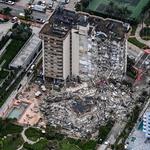Flood Safety Tips
According to the Centers for Disease Control, flooding is the deadliest hazard associated with thunderstorms; on average, 85 Americans are killed in floods each year. Floods are also among the most common and costly natural disasters experienced in the United States. There are many safety risks associated with flooding, but the most common cause of death occurs when someone drives a vehicle through hazardous moving flood waters. Standing flood water also carries risks, such as infectious diseases, chemical hazards, and floating debris, which can all cause injuries or death. Living in Southwest Florida, many of us are accustomed to occasional flooding, but it is important to never become complacent to this danger.
Steps to Protect Yourself During Flood Conditions:
- Find safe shelter immediately.
- Do not walk, swim, or drive through flood waters.
- Remember the phrase “turn around, don't drown!”.
- Only six inches of moving water is enough to knock you over if standing, and one foot of moving water could potentially sweep a vehicle away (source).
- Prepare your emergency supplies kit, making sure to pack medications, insurance cards, immunization records, and clean drinking water.
- Know the difference between a flood/flash flood WATCH or a WARNING
- A flood/flash flood WATCH means that a flood or flash flood is possible in your area.
- A flood/flash flood WATCH means that a flood or flash flood is possible in your area.
- A flood/flash flood WARNING means that a flood or flash flood is either already occurring or anticipated to occur soon. If you fall under a flood or flash flood warning, take IMMEDIATE precautions. (source)
- Listen to your local emergency TV or radio station for updates.
- Absolutely do not drink flood water – do not ingest flood water. Do not brush your teeth, wash your dishes, or clean/prepare foods with this water, as you never know what exactly is in it.
- If using a generator, take steps to prevent carbon monoxide poisoning by leaving the generator outdoors, at least 20 feet away from any doors, windows, or vents.
- Be mindful of the risk of electrocution – do not touch or use any electronic equipment if it is wet, or if you are standing in water.
- Remember the phrase “when in doubt, throw it out!”. What this means is that you should throw out any food or bottled water that came into contact with the flood water.
- If your home was flooded, practice what is known as “safe cleaning”.
- Remove any insulation or drywall that was damaged by flood waters and potential sewage.
- Throw away any items that can not be cleaned with a bleach solution, such as mattresses, stuffed animals, pillows, or carpeting.
- Clean walls, hard floors, and other non-porous items may be washed by soap and water, followed by a disinfecting solution made of one cup of bleach to five gallons of water.

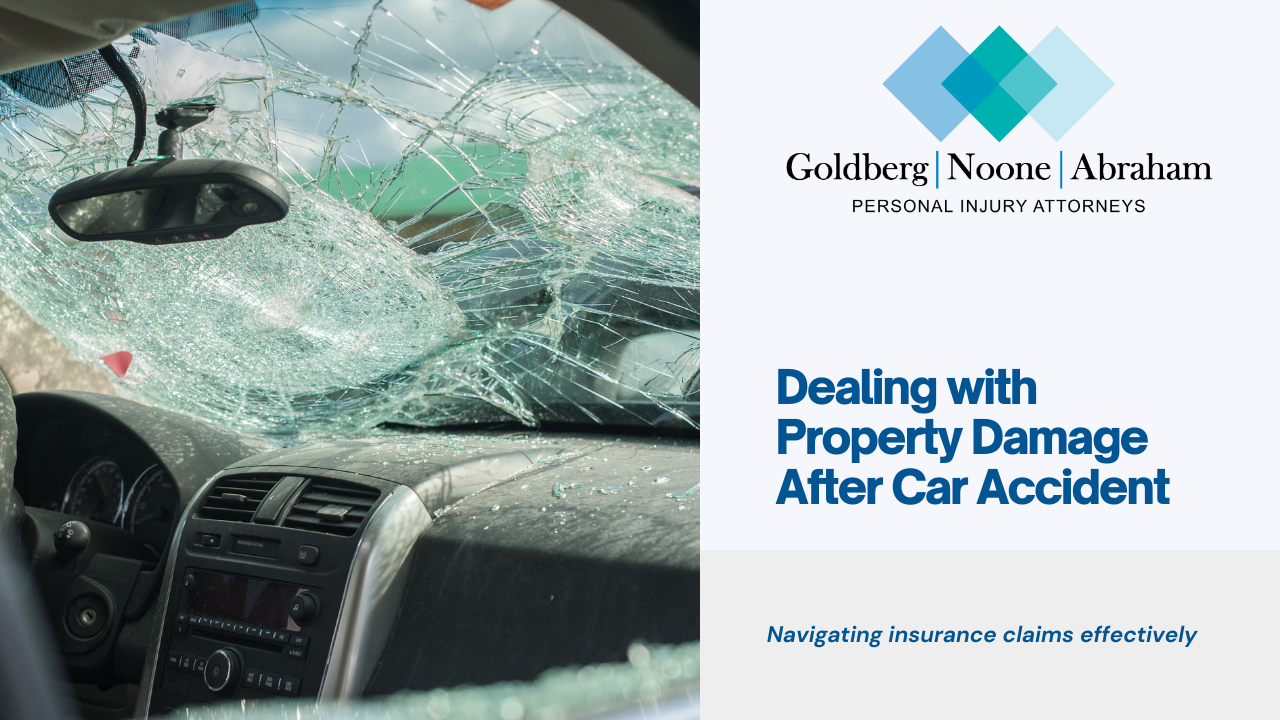



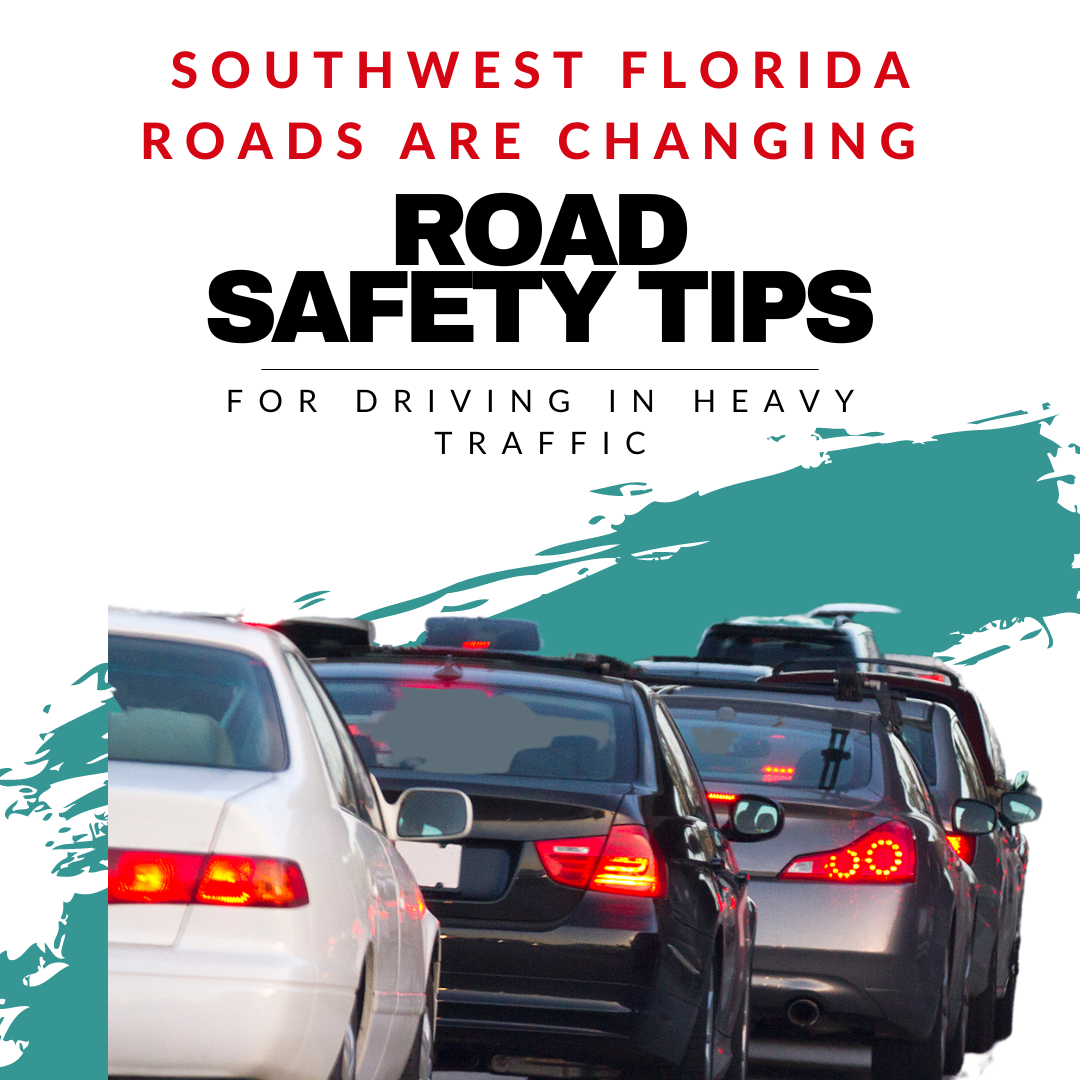
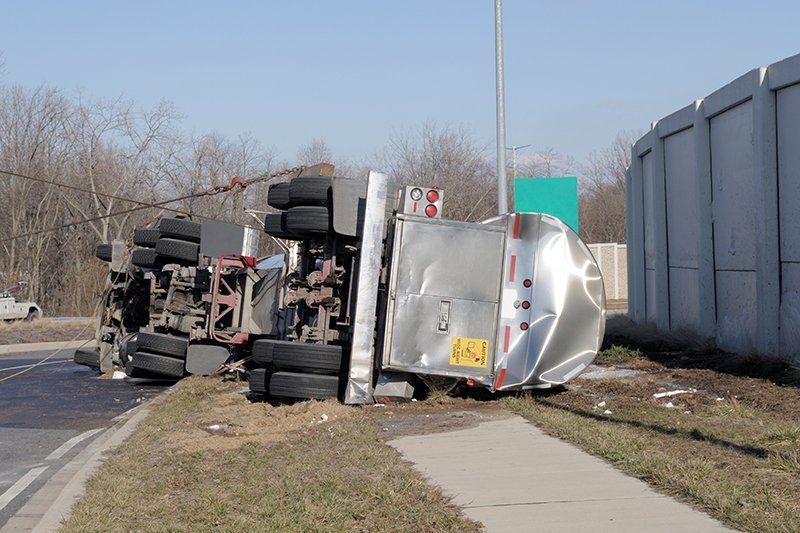

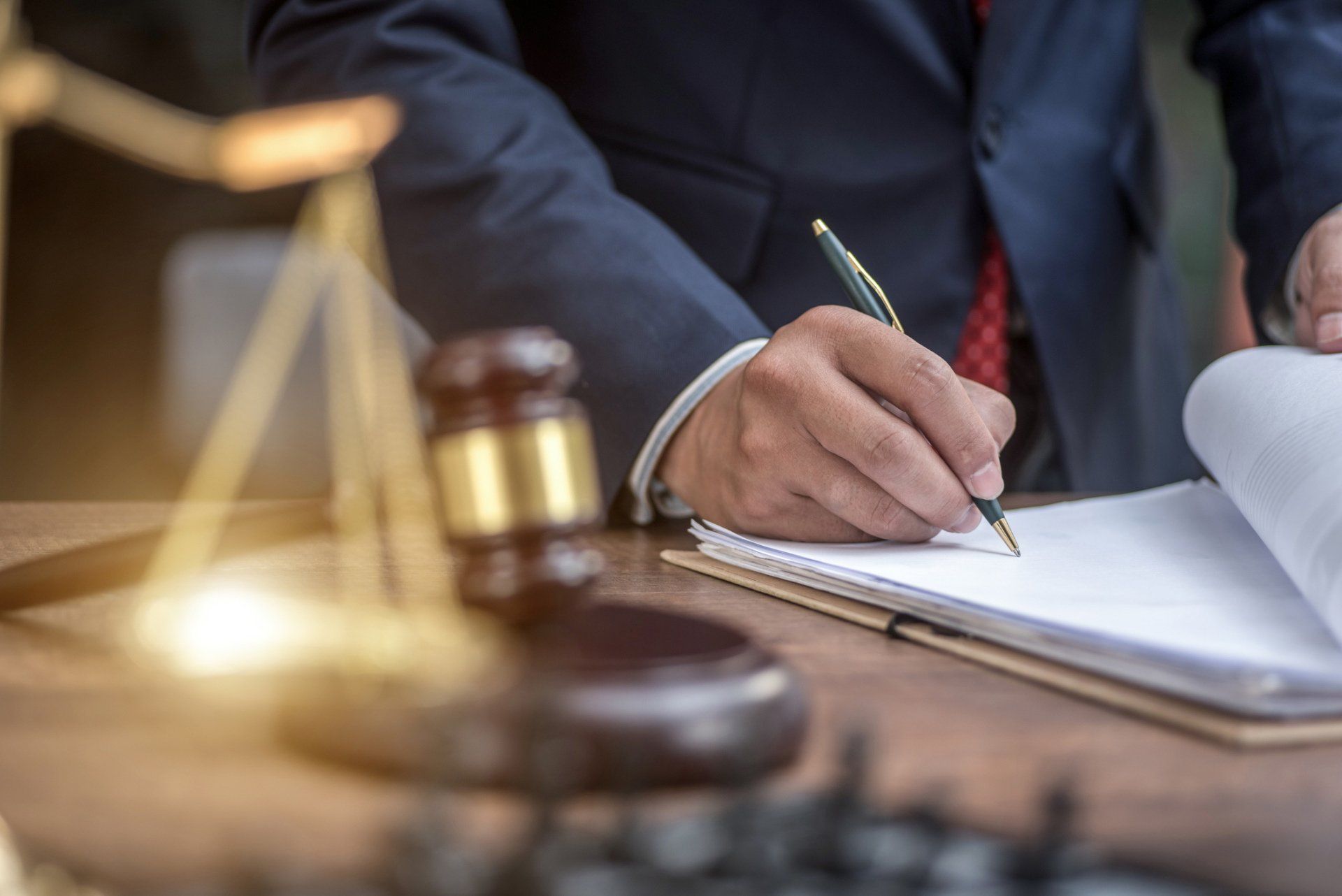
We’re only a phone call away! Call our Fort Myers or Cape Cod law office now and let us know how we can help.

